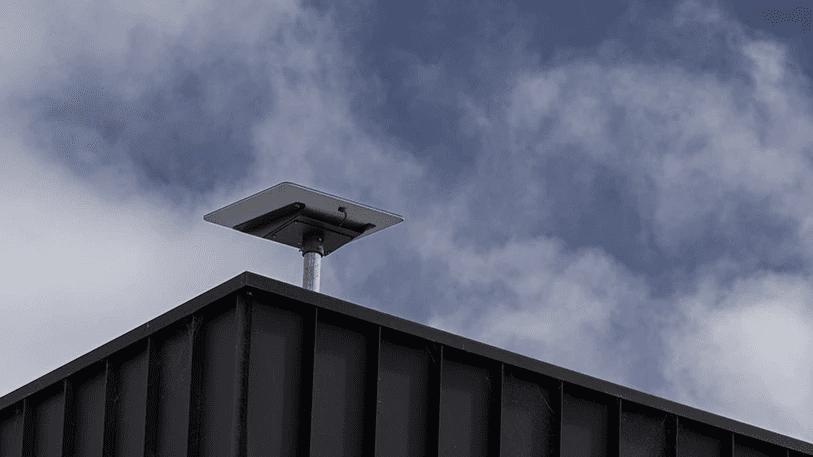Comcast/Starlink Collaboration Aims to Connect Rural Enterprise Users
Randy Sukow
|

Cable companies have long held a market share advantage in the residential broadband marketplace and have also held a large percentage for the business/enterprise market. But a weakness has been their reach into the rural areas. Recently, Comcast, the largest U.S. cable broadband provider announced a strategic alliance with Starlink, SpaceX’s low Earth orbiting (LEO) broadband service to extend enterprise connectivity to rural offices.
“Starlink’s LEO satellite technology complements our existing network infrastructure, extends our reach and further enhances Comcast Business’ ability to deliver reliable connectivity solutions to enterprises with a human touch,” said Jon Friedman, senior VP, Product Strategy and Operations, Comcast Business.
Unlike the fiber networks many NRTC members are planning to build in rural areas and that government programs likely will fund in coming years; cable companies have used a hybrid fiber/coaxial approach to distribute high-speed connections for decades. According to a 2023 report commissioned by the Fiber Broadband Association, fiber network penetration had increased 15 percent since 2021. But cable broadband networks continued to have the largest market share at 47 percent, followed by fiber with 23 percent, satellite at 17 percent and DSL with 13 percent.
Cable TV and internet systems do have some presence in rural areas, but often do not extend far outside of town centers. Comcast says that working with Starlink will not only address connections to remote offices but will provide redundancy to all enterprise customers, increasing reliability.
The announcement is reminiscent of AT&T’s decision in 2014 to acquire the DIRECTV direct broadcast satellite service, which expanded its video offerings to areas where its fiber-based Internet protocol television (IPTV) service did not reach. AT&T later would encourage its customers, both rural and urban, to subscribe to satellite video as it phased out IPTV. In 2021, AT&T spun off DIRECTV and began offering streaming video services to its broadband customers.


